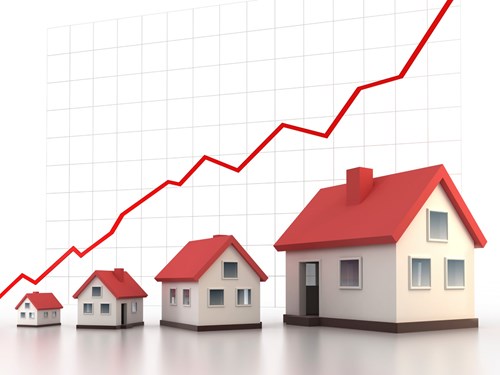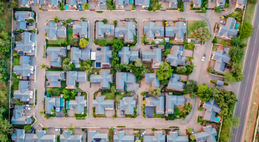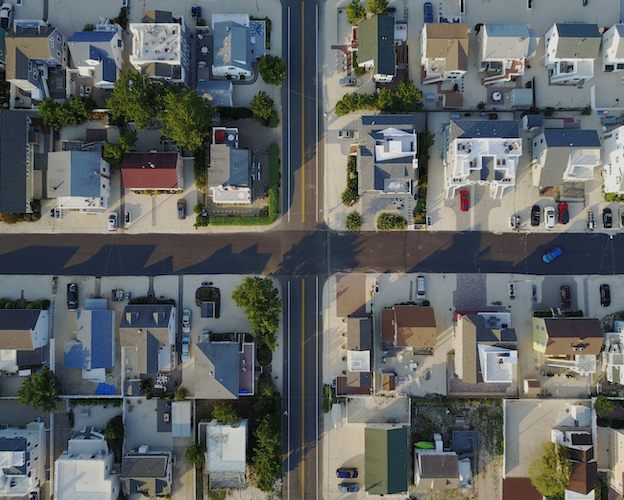In particular we focus on getting the loan structure right the first time, choosing which lenders to use in the right order (yes this is important) and finally getting our clients the best deal possible.
Bubble, bubble boil and trouble?
Like most pundits, I believe the rate of increase in Sydney and Melbourne house prices is unlikely to last. However, I really do feel that the talk about bubbles and imminent bursting’s is overstating it.
Year on Year housing dwelling growth rates as at 31st March 2017 (source Core Logic):
- • 18.9% Sydney
- • 15.9% Melbourne
- • 12.8% Canberra
- • 10.2% Hobart
- • 4.6% Brisbane / Gold Coast
- • 3.4% Adelaide
- • -4.61% Perth
- • -4.41% Darwin
Some other stats (source Core Logic):
- • Sydney prices have increased by 50% since 2013.
- • Sydney prices have doubled since 2009.
- • The combined capital city index has doubled since 2003 and has increased 62.9% since 2009.
I believe there will be no ugly bust due to following reasons:
1) Continual tightening in lending standards and restrictions since 2015.
- • General underwriting standards for housing loans has increased markedly since 2015. ASIC and APRA have combined to force real change on the banks and other lenders. Credit policy is now tighter than I’ve seen in any other time in my 14 years as a broker. Those that we have easy credit don’t see the verifications taking place behind the scenes.
- • It is almost impossible for foreign buyers using foreign income to source a loan from an Australian bank now.
- • LVR’s for both investment and owner occupied loans have been progressively reduced. Loans written with an LVR of over 80% are a fraction of the total. Loans over 90% are almost nonexistent. Have a look at one of the main LMI providers Genworth’s share price if you don’t believe me.
- • Rates for investors and those making interest only repayments have been progressively increased. Many lenders are now not allowing interest only repayments on home loans. Others are likely to follow.
- •APRA and ASIC are enforcing much stricter serviceability rules for investors. The days of those on modest incomes acquiring multiple properties are over (this is regardless of the amount of equity they have).
In the graph below note the decreasing trend in housing credit growth from 2004 onwards (source RBA). If you believe we are in a bubble where is the necessary credit growth? Its not there! Also consider population growth over time and how you would expect some natural growth in the expansion of housing credit due to this.

Even though some people are taking bigger loans than in the past their actual debt servicing hasn’t markedly increased. This is due to the low interest rate environment. Bigger loans can be serviced on the same incomes. As per the graph below current repayments proportionally are well below previous peaks. (Source Fairfax via RBA)

Now you may say what happens when rates go up? Well what makes you so sure they will? I personally don’t believe rates will go up materially for a very long time. Have a look at the latest bond yields below. The talk of interest rates going up is premature, rates are currently going down if anything (source Fairfax via Bloomberg).
Let’s start at the top! 50% or more of properties in Australia have no debt. Often forgotten in the debate about housing prices and debt levels. Those that do have debt are geared at an average of about 45% across the system. New loans have an average LVR of about 70%.
So there is a huge amount of equity in the system and the loans that are being written / have been written have moderate LVR’s on average. The threat of some type of subprime type crisis is so far from the truth is laughable. There’s no 110% LVR or NINJ (no income no job!) loans floating around in our system.
5) It's the economy, Stupid

6) Robust population growth fueled by immigration will underpin our property markets.

7) The supply side cannot respond adequately or fast enough
The major banks are very eager to protect their mortgage books. To do this they have over the last 6 months effectively turned off the development finance tap to all to all but the most credit worthy developers. So we have supply being constrained at the same time as it’s desperately needed.State government land release policies, Council red tape and the NIMBYISM factor have all combined to also limit supply of new dwellings to less than the underlying demand for the last 15 years (Sydney in particular).Recent Posts
- Is now the time to access equity? APRA changes coming + Interest rate outlook
- Government Guarantee Scheme – an update on the changes from 1st October 2025
- Limited Deposit and don’t qualify for the government guarantee scheme? Up to 100% LVR loans available
- Government grants and schemes - to help you into the market
- Is Darwin property about to go Boom?
- Comparing interest rates (Western Democracies)
- Stage 3 Tax cuts - how will it effect your borrowing capacity?
- Property Share Loan Structure
- SMSF Property Investing & Lending - Back on the agenda
- Could the next move in interest rates be down?
































